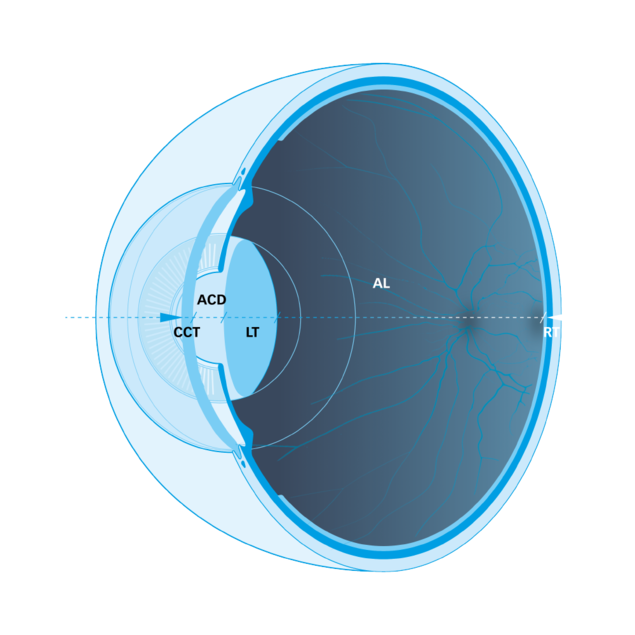Because each measurement is automatically repeated several times, the Lenstar 900’s measurements are highly accurate and repeatable. This offers certainty and peace of mind. In case of unusual eyes or unexpected results, the user can review, exclude, and even recalculate raw data, providing full transparency and control.

